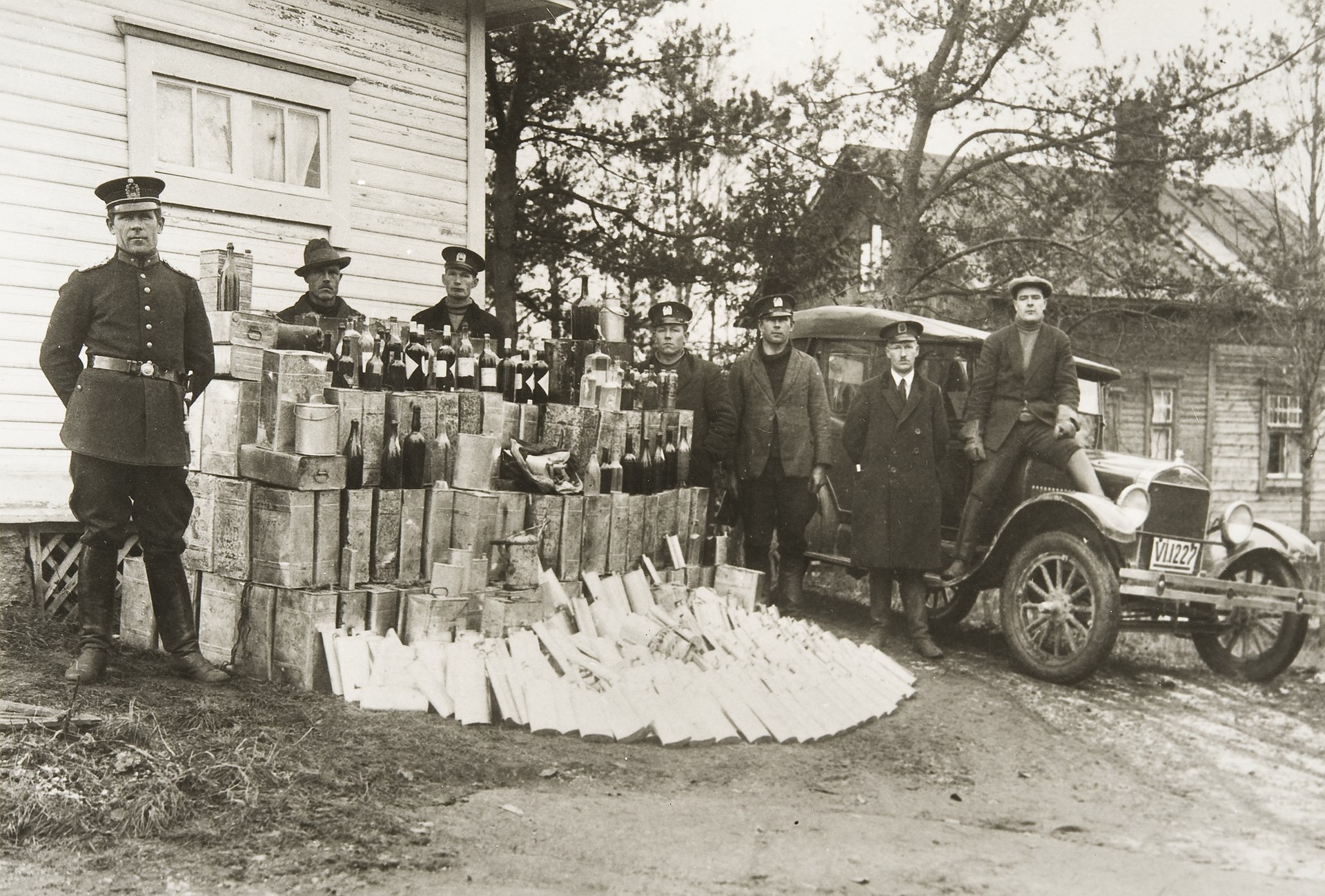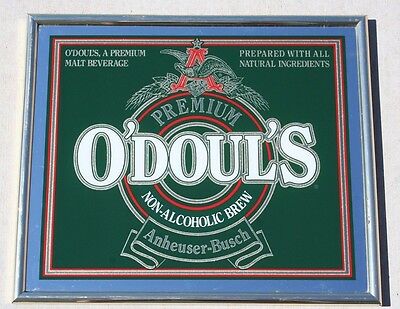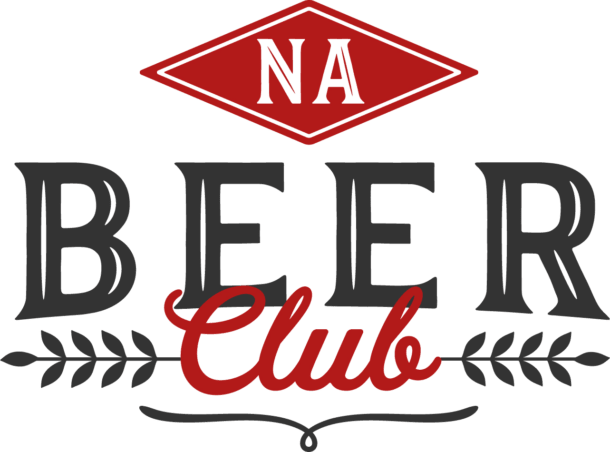While it may still seem like it’s hard to find in some areas, many places, like bars and restaurants, are now providing multiple NA beer offerings.
Non-alcoholic beer is something that we always knew existed, it just hadn’t been so widespread.
We may have seen an NA beer or two growing up, or maybe even tried one or two, but the options were few and far between.
That led us to wonder, what is the history behind NA beer? When did people start brewing non-alcoholic alcoholic beer and why?
Some reasons may seem obvious, but others not so much.

The Histroy of ‘Near Beer’
Back in 1920, American legistlature passed the Volstead Act making alcohol illegal in the United States.
Alcohol was illegal up until 1933, so for 13 years American brewers had to get creative to survive.
Some major brewers turned to alternatives like refrigerating dairy products, and even producing sodas and malted milk. Others continued to produce beer legally for medicinal purposes.
Anheuser Busch and Pabst were some of the first to create what was called ‘near beer‘, beer with an ABV of less than 0.5%.
Brewers would brew their regular beer, and then boil off the alcohol before selling it to consumers.
However, many would keep the boiled-off alcohol and include it in a small, hidden package along with the near-beer. Consumers would squirt the alcohol into the beer with a syringe. This became known as ‘needle-beer‘
After 1933 and the repeal of prohibition, near-beer lost its popularity.

Made for the Middle East
Fast forward 40 years to the 1970s.
Manny Zelzer was a Texan working in the oil industry. He spent a lot of time traveling back and forth between Texas and the Middle East.
He quickly made friends abroad and discovered that many of them had developed a liking for American beer. They asked him to bring some back for them to drink.
However, many of the Middle-Eastern nations he traveled to had illegalized alcohol.
Manny decided to take some of his favorite beer, boil off the alcohol, repackage it, and bring it to his friends so that he could remain legal.
Thus, the new NA beer brand Texas Select
He packaged and sold his new non-alcoholic beer in the Middle East and expanded to countries like Japan, Canada, and Korea.
As one of the first brewers of post-prohibition non-alcoholic beer, they cleared the way for the many NA brands we have today.

Launch of O’Doul’s
A few years later in 1990, O’Doul’s hit the market.
While this may be the most well-known, and heavily debated, non-alcoholic beer brands in America, they also were a necessary part of the development of NA beer in America today.
O’Doul’s was the first mainstream NA beers that you could find widely available.
While most people didn’t care for it, or questioned why anyone would drink non-alcoholic beer, it was one of the first brands to widely introduce America to the concept of NA beer, letting people know that there were alternatives to drinking beer and that it was okay.
Making Non-Alcoholic Beer History Today
It seems like just since the late 2010s and early 2020s, craft NA beer has been appearing everywhere, slowly following the craft beer frenzy.
Brands like Partake came from Canada, Brewdog from Scotland to America with craft NA options.
American brewers like Athletic and Wellbeing popped up, advertising a healthy alternative to craft beer.
Now even small, independent brewers like Atmos Brewing and AL’s have thrown their hats in the non-alcoholic beer ring while other major brewers like Heineken and Guinness have followed.
In fact, Heineken was the first brand to air a national TV commercial for a non-alcoholic beer that aired during the 2023 Super Bowl.
Today, every brewer should look into non-alcoholic versions of their beer, and a lot are catching on.
Within the next couple of years, the craft NA space will look totally different. Brewing methods have changed since the early days of boiling off alcohol and brands are making NAs that are just as good as the real stuff, not just as ‘the next best thing.’
Today you can buy NA beer online, at the grocery store, and even at the bar. The selection is vast and the options are great.
Along with our friends today, we’re not just studying the history of NA beer, we’re creating it.

